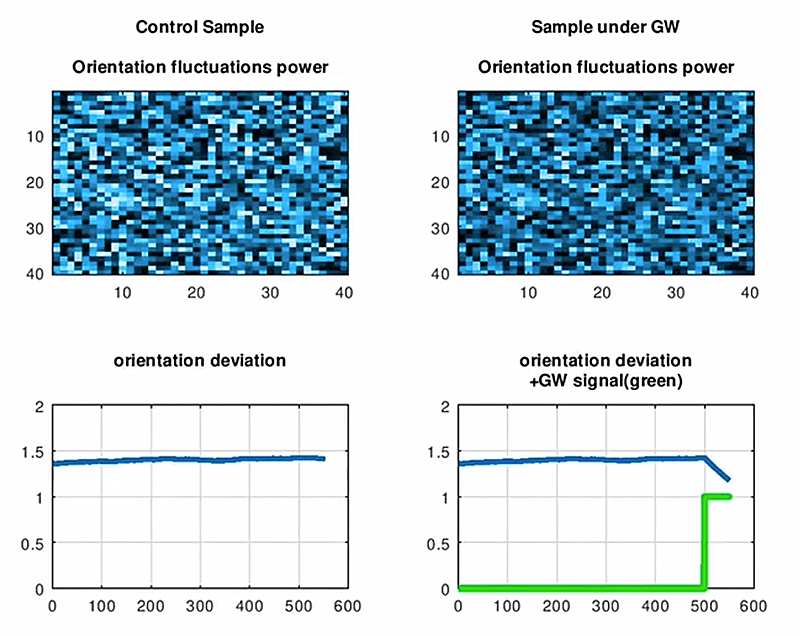
Bioresonance involves the impact on charged particles (the nuclei of atoms and the electrons that make up the molecules), causing their forced vibrations. Since the EM wave interacts with charged particles, its energy is also spent on heating tissues, which leads to wave attenuation at a certain depth. No matter how the molecules vibrate before the impact, bioresonance tries to make them vibrate in strict accordance with the EM wave. Since the parameters of the EM wave (both amplitude and phase) change when passing through tissues, it is impossible to achieve coherent oscillations in the entire area of EM wave exposure.
Sensonica® Vega uses waves arising from the Gertsenstein effect as the carrier, which do not interact with charged particles due to their non-electromagnetic nature. The action of Herzenstein waves is expressed in the ordering of the directions of one of the modes of thermal vibrations of molecules, which leads to the appearance of volume resonance and the manifestation of macroscopic collective effects. As a result, a coherent field of resonant action is formed in the entire volume of exposure, which affects the processes occurring in tissues, modulating the kinetics of biochemical reactions. Thus, the influence is carried out not on molecules, but on biochemical processes in the entire zone of influence. This provides a long and stable therapeutic effect with minimal side effects.





